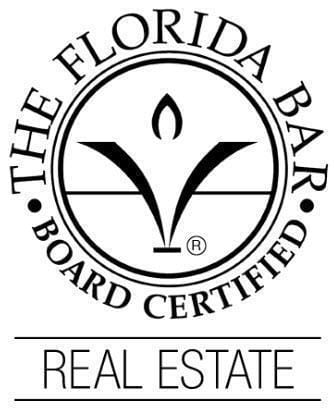When purchasing a property with the help of a lender, most banks will not lend you the full amount for a property that appraises for less than your offer. For example, if you make an offer on a property and receive an appraisal that sets the property’s value as 10% less than your original offer, the bank may only pay 90% of the property’s costs.
Some sellers may attempt to have you waive your appraisal contingency so you cannot change or back out of the deal. However, if you do not waive the appraisal contingency, you have multiple options following the appraisal.
Renegotiate the final price
The first point of action when you receive a lower appraisal should be to speak with the seller. You may be able to negotiate a different price for the property. For instance, a seller may ask you to meet in the middle. If the property appraises for $20,000 less than the original offer, you could ask your seller to pay half, and you pay the other half. You can ask the seller to pay the difference or cut the property’s price.
Ask the lender to challenge the appraisal
Only the lender can officially dispute the appraisal or ask for a second appraisal. Talk to your lender and ask the institution for a request for consideration of value or ROV. Look for inaccuracies in the appraisal report and provide comparable homes to the lender to make your case.
If the appraisal turns out less than the final cost of the house, you also have the option to walk away, just as long as you did not waive the appraisal contingency.




